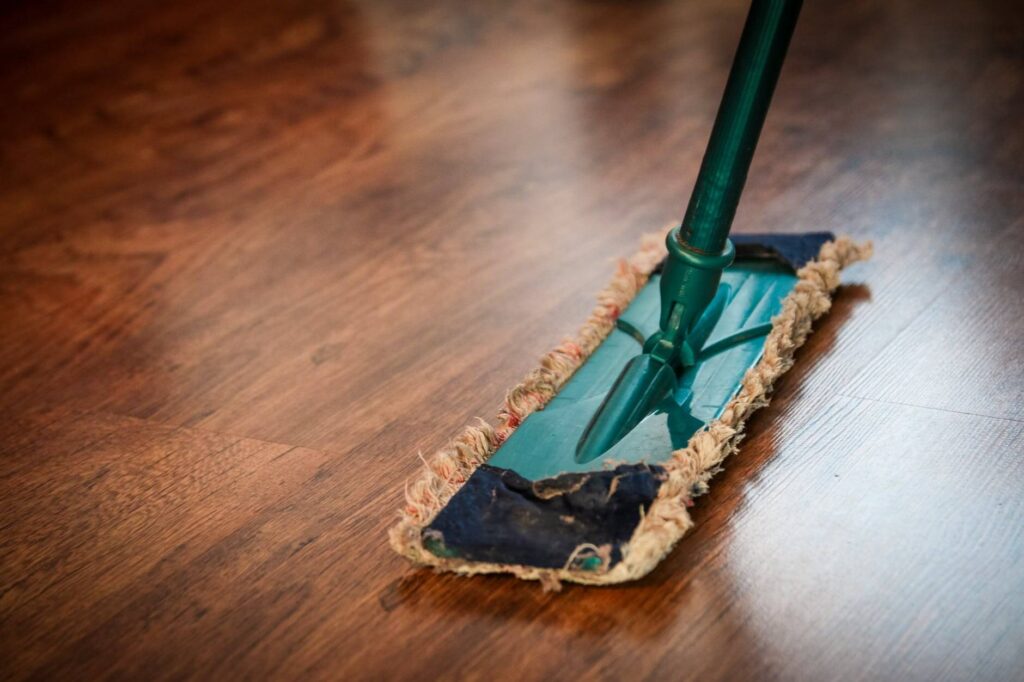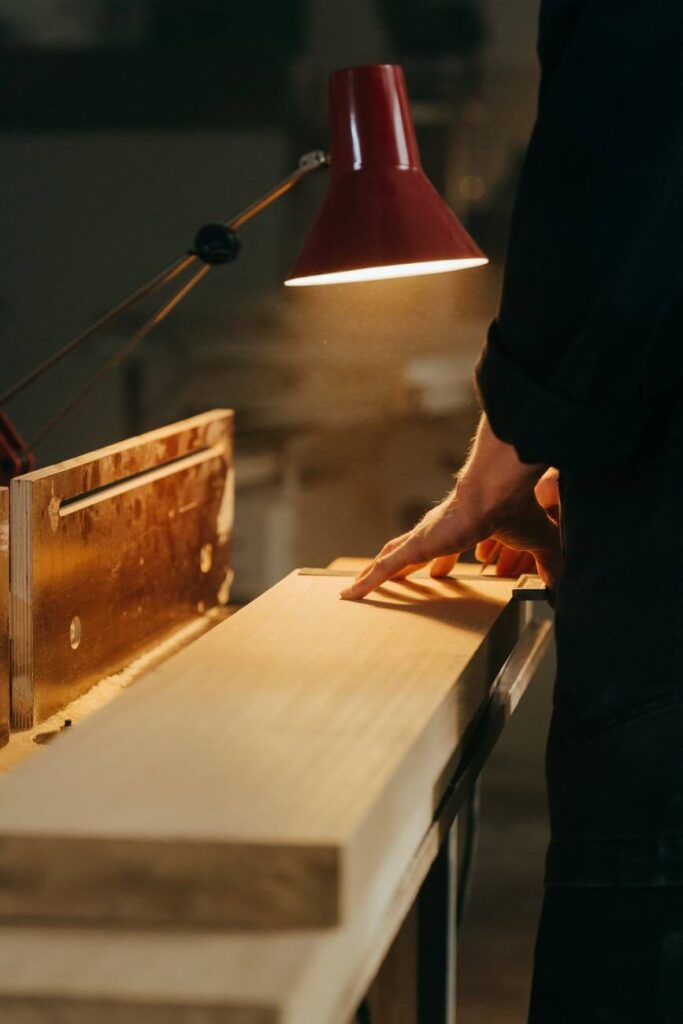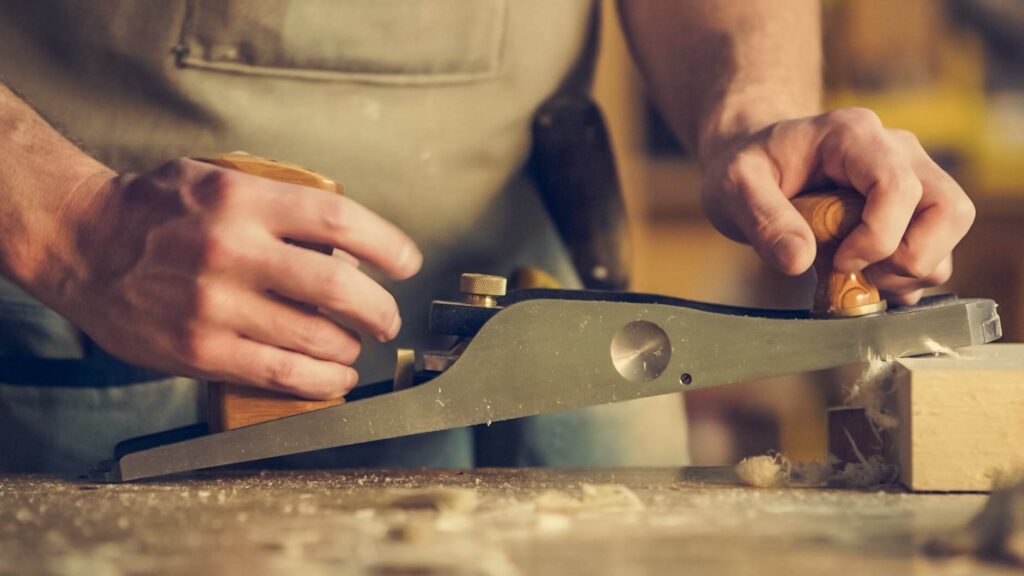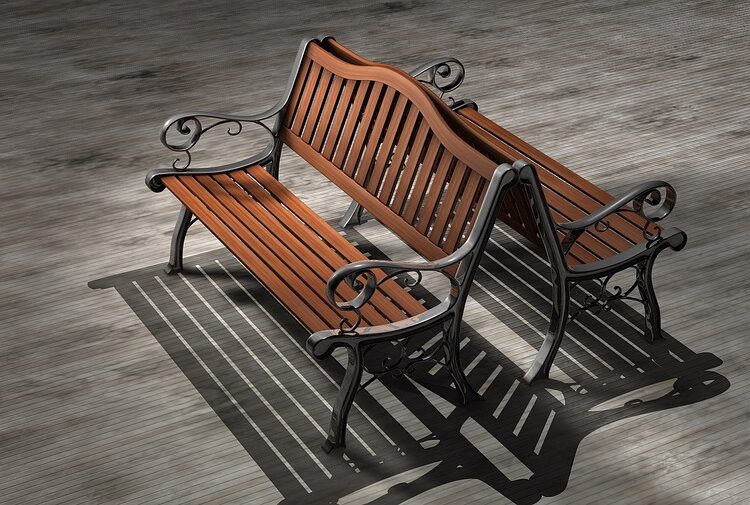When it comes to wood, one of the most important things is making sure that you have a finish that looks natural. Generally speaking, there are two ways to achieve this goal: refinishing or filling in the old finish with something new.
If you’re looking for an easy fix and don’t want to take on the work of refinishing your wood furniture, then homemade wood grain filler may be just what you need!
In this blog post, I’m going to show you how to make homemade wood grain filler for your own wood projects. You’ll need only a few materials and it should take less than an hour! Read on for all the details.
What Are Wood Grain Fillers?

Woodgrain fillers are materials that can be used to create the illusion of wood grains. They’re often applied over existing finishes in order to make them look more natural, or they may also be used as a finishing coat after sanding down a piece of furniture and before applying another finish for protection.
Most in-demand wood fillers come in powdered form, making it easy to mix up that matches the color of your choice by adding paint or dyes! You can even use glue mixed with sawdust if you want something really homemade or just stick with store-bought powders if you want.
Is it possible to make your grain filler?
Yes, you can make your own wood grain filler, and many people do so for their projects. One of the major drawbacks of this solution is that you must make your own concoction, which frequently comes out too thick.
As a result, lines in the wood may appear after the finish has dried, which will not look as natural as real wood. Also, if you don’t let it dry long enough or apply a thin layer, it will crack over time, which is terrible!
In addition to being difficult to make, buying homemade wood grain filler from a home improvement store can be quite costly. Of course, you will save a lot of money if you have the time and patience to make it yourself!
Can wood filler be used as grain filler?
You can usually get away with using wood filler as a grain filler in final coats that will be finished with varnish, shellac, or lacquer. Other finishes, such as oil-based paint and urethane, are not recommended because they will not adhere to the wood filler well. Incompatibility issues may cause problems over time. So, if you’re not sure about your finish, go with authentic wood grain filler.
What kind of grain filler can I use?
Grain filler comes in a variety of forms depending on your requirements. A thick and easy-to-apply grain filler will be best for wood with lots of pore and gap spaces (but not too thick, or it will crack).
To hide minor surface flaws, choose a grain filler with an even finer texture. It should be able to get into even the smallest of cracks and holes, leaving a flawless surface. Use a solvent-based product over a water-based one because it dries more slowly (reactive with specific finishes).
What kind of woods might require natural wood grain filler?
Softwoods like pine, fir, and cedar typically require real wood grain filler. Because these pieces frequently have large pores and gaps in the grain, a solid color will not suffice. To fill in gaps, they need grain filler that is thick, heavy, and easy to apply. Water-based finishes react erratically with the naturally porous surface of this type of wood because they are incompatible. However, because pine boards can be extremely hardy, there are some exceptions to this rule. Pine posts on back porch railings and stair rails used for stringing lights, for example, are usually finished with an oil-based product that penetrates rather than sits on top of the surface. This adds a bit of sheen to the piece while also protecting it from moisture damage.
What’s the Difference Between Wood Grain Filler vs. Wood Putty?
Wood putty is typically used to fill in small holes or scratches in wood that have been damaged. It’s much thinner than natural grain filler, and it dries quickly, allowing you to sand it down immediately after application. Of course, if your project calls for blending several different wood colors, filling in the gaps with putty will be ineffective. Instead, it would be best if you used a real wood grain filler.
What are some reasons for using homemade wood grain filler?
Creating your own homemade wood grain filler has a number of significant advantages. If you’re trying to save money on projects, the first advantage is that it’s less expensive. This is something that I’m sure we can all appreciate. An additional benefit of making something from scratch is customizing it exactly how you want it. The finished product can be as thick or thin as you desire, and it can even be colored if you so choose.
What materials do I need to make my own homemade wood grain filler?
All you need is a little plaster of Paris and water to make your own homemade wood grain filler. Mix powdered dye, and we recommend RIT or Procion dyes because they are both environmentally friendly and permanent! It’s also worth noting that the recipe below assumes the use of white plaster of Paris. Adjust the measurements if you want to use gray or beige instead (or any other color).
Advantages of Using Wood Grain Fillers
Woodgrain fillers can be used to make existing finishes look more natural. It’s often applied over varnish or lacquer in order to blend the grains together and make them less noticeable.
Homemade wood grain filler is cheaper than store-bought versions since it uses easy-to-find ingredients that you probably already have on hand!
Downsides of Using Wood Grain Filling
If done incorrectly, these materials may not hold up well against water and could even fall off under certain conditions. This means they’re usually only suitable for indoor use in protected areas like furniture or cabinets
Applying too much pressure while brushing will cause the finish to smear onto adjacent surfaces, so it’s important to apply the mixture liberally and then let it dry before sanding with 220-grit abrasive paper
This type of filler is temporary, as opposed to a more traditional wood grain filling that can be sealed for longevity.
Some people prefer to use an aerosol can of paint. However, this is not recommended because the fumes are toxic and it’s difficult to control how much you’re spraying. Spray paint may also create an uneven finish.
The process may also take some time but in order to have a beautiful finish, you need patience. So let’s do this now!
Materials You’ll Need
- a small can of varnish or acrylic paint (the type depends on which finish you want)
- variety of sponges
- foam padding/cushion from an upholstery shop (you may be able to find these at home improvement stores as well)
- sponge brushes
- flat bar sander with 80-grit sandpaper
- hobby knife
- vacuum cleaner
- plastic container
- painters tape
- towel
Quick Tips for You

First, gather all the materials. You’ll need a can of varnish or acrylic paint in the color you want for your wood grain filler and sponges with various textures/thicknesses to create different types of wood grains. Then you’ll find everything else listed above!
After gathering all your supplies, set yourself up at a work table where you have enough room to spread out tools and other items like plastic containers that will be needed later on. Cover anything not important with painter’s tape as well so it doesn’t get messed up by accidental drops or spills.
How to Make Homemade Wood Grain Fillers

Here are the steps:
Step One: mix the paint with a little bit of varnish. The ratio doesn’t need to be exact but you’ll want it to have more varnish than paint so that it’s less likely to drip or run. Add some water if needed, too!
Step Two: scoop out enough to apply the filler for one container at a time and pour them into your mixing bowl (or whatever kind of vessel you’re using). Stir well until they are a consistent color throughout. Then spoon them gently over the top edge of your plastic containers and let them settle like something cooking in an oven as all air bubbles escape before setting down on their own.
You can also leave any excess liquid filling inside the jars, just make sure not to fill them more than three-quarters of the way up.
Step Three: just like when painting or varnishing furniture, make sure that your surface is clean before starting. Tape off any areas where the filler might not need to go so that you can avoid getting excess on those sections.
Step Four: scoop up some of the homemade wood grain fillers and start smoothing them into cracks and holes in both horizontal and vertical surfaces using your fingers or an old toothbrush. Repeat as necessary until all parts are patched up sufficiently. Don’t forget to try the handle.
Step Five: once you’ve finished, let it dry for a few hours before tackling any other woodworking projects in your house, and then give it another coat when the filler is completely dry (usually overnight).
Step Six: Finally! use your spatula to wipe down any excess filler that’s on the edges and sides of your containers before you set them aside for a few hours so they can dry completely. They’ll be perfectly sealed when ready!
This homemade wood grain filling will be perfect for filling in nail holes, scratches, or dents.
You could also paint it with acrylics if you want an even stronger effect.
Safety Precautions on Making Your Own Homemade Wood Grain Fillers

If you’re working with any type of flammable material, make sure to work in a breezy area and/or wear gloves.
Always read the producer’s warnings before using their products! Acrylic paint contains chemicals that can irritate your skin or eyes so it is important to take precautions when handling such materials.
To protect your clothing from spills or drips during the application, we recommend wearing an old t-shirt over the top of whatever you’re currently wearing as protection against accidental stains. If acrylic paint gets on fabric (even though they are water-soluble), soak the affected material in cold water immediately.
I hope this helps all my fellow DIY’ers out there who have been looking for how to make their own wood grain filler at home because now you know just what to do!



















